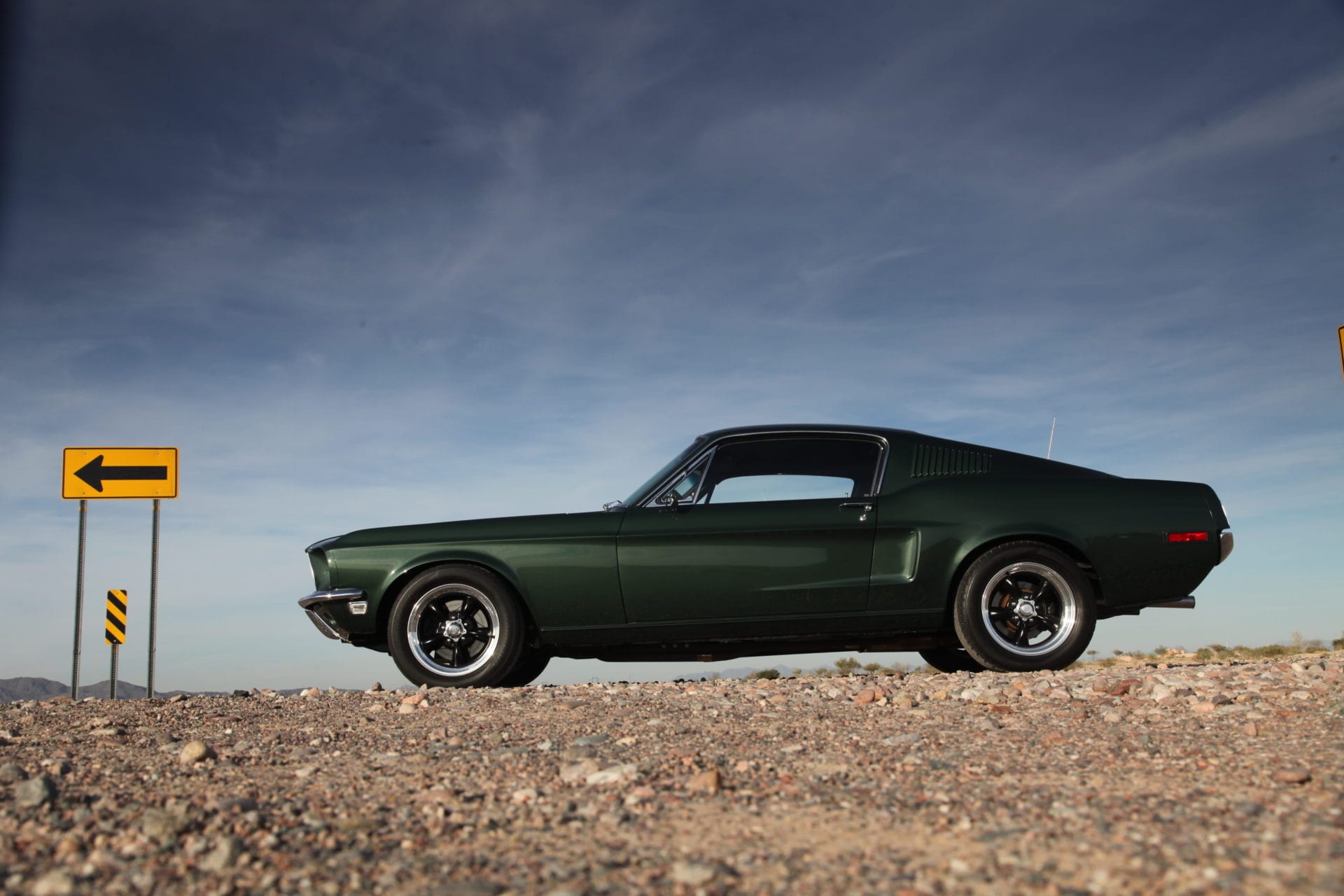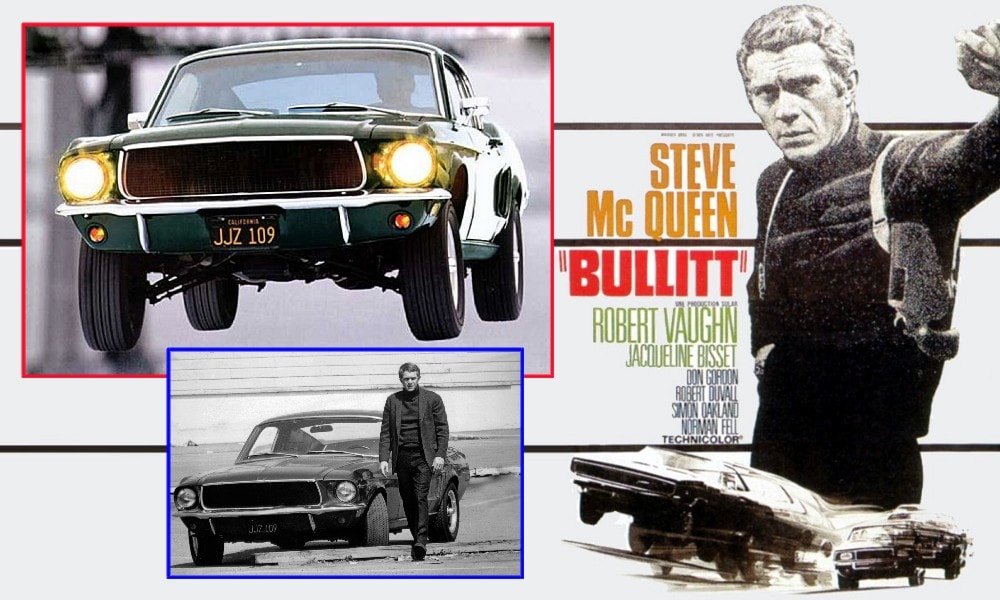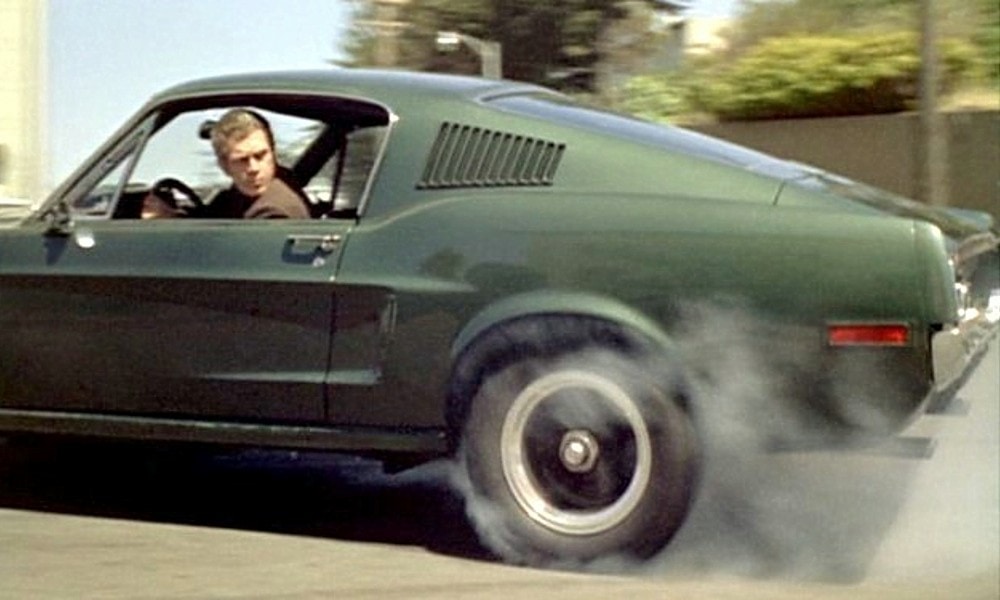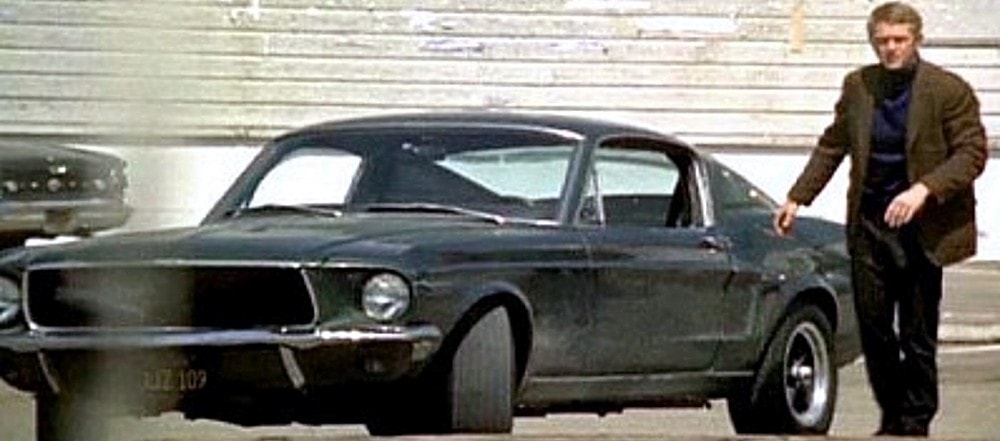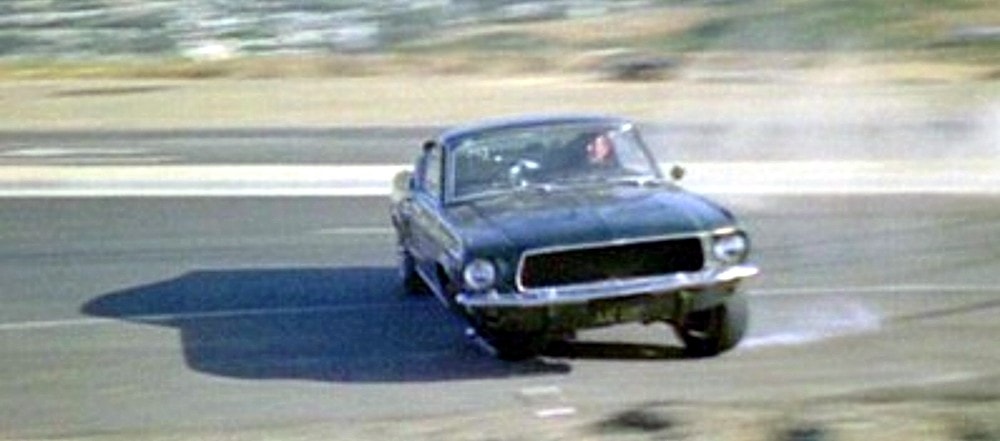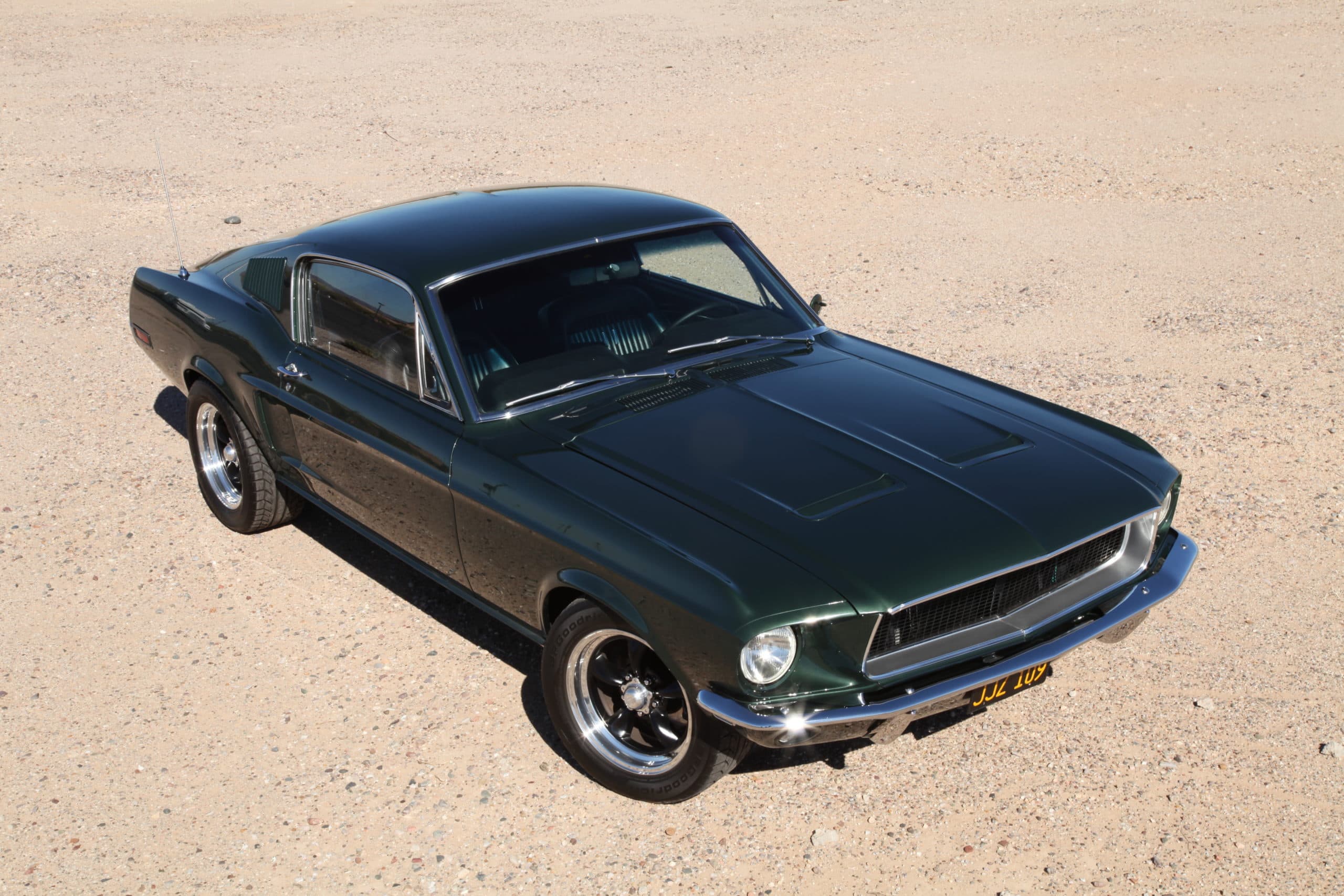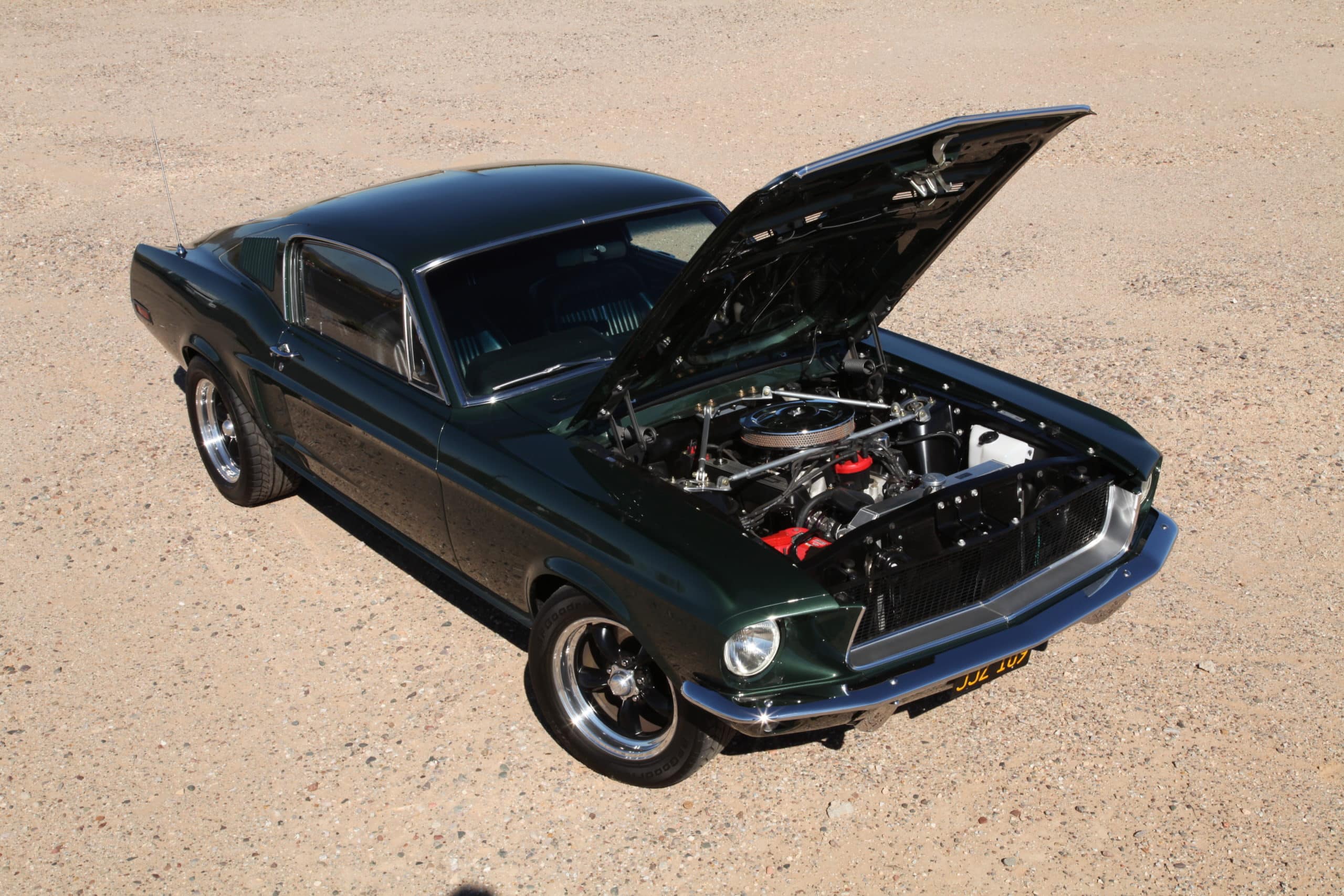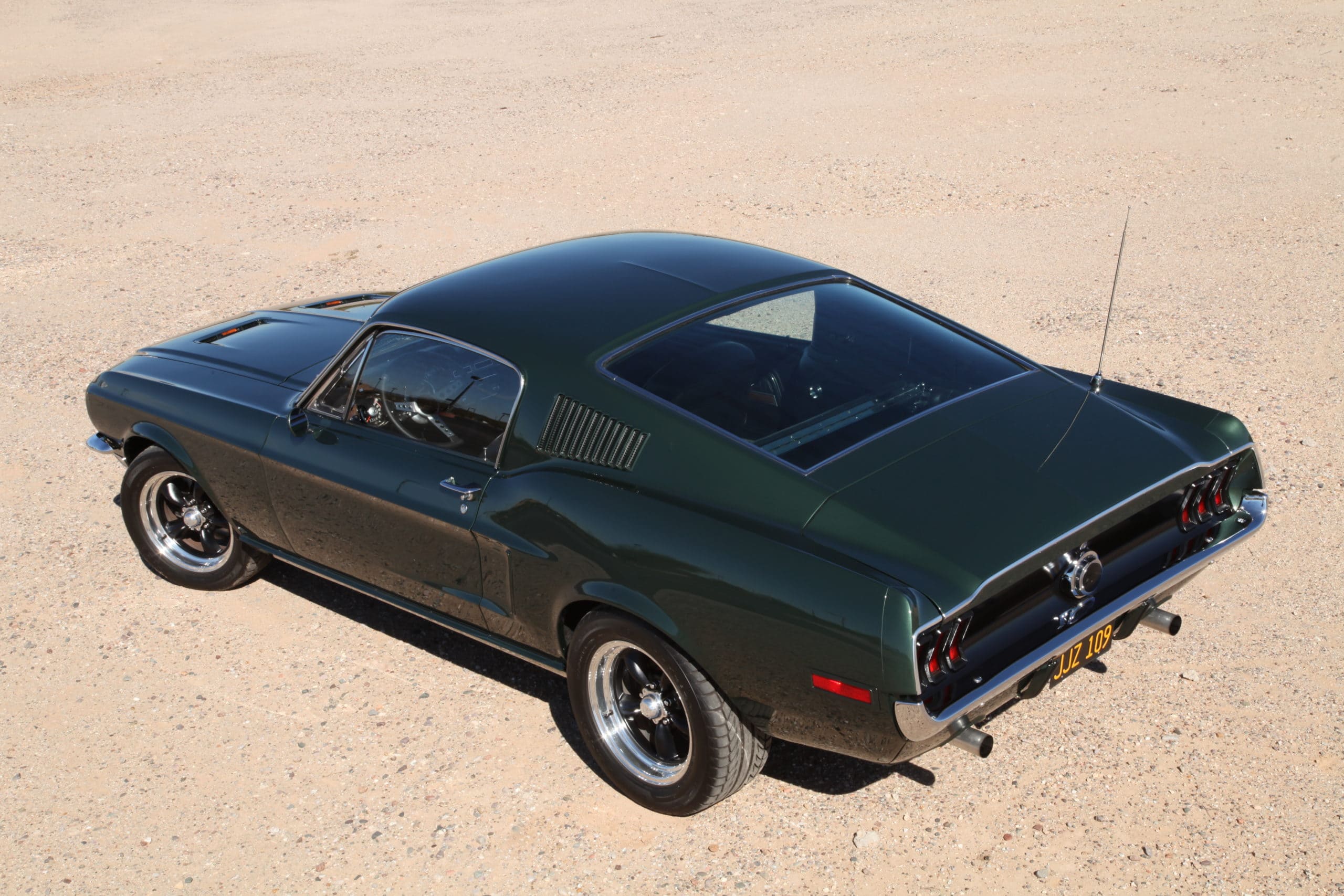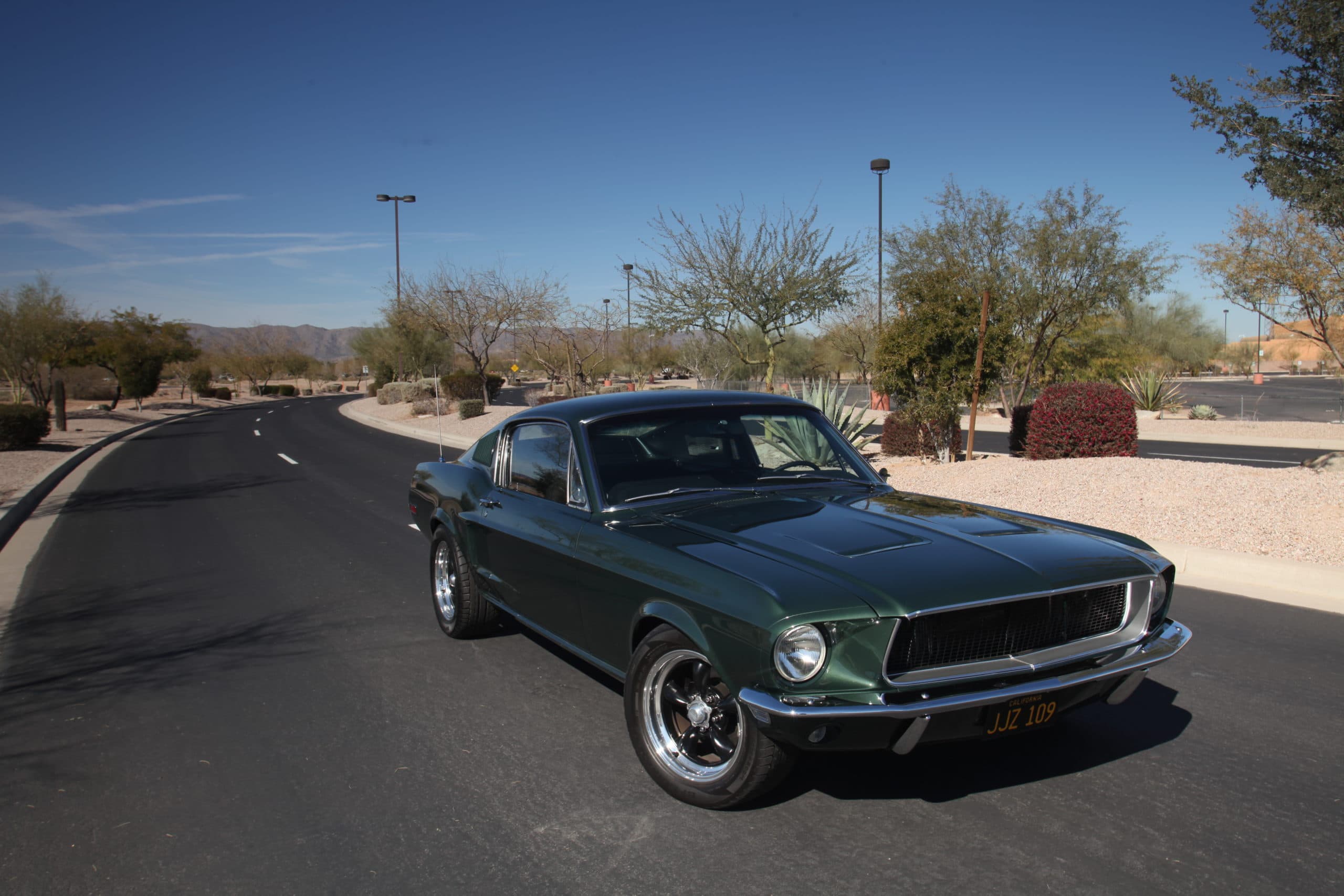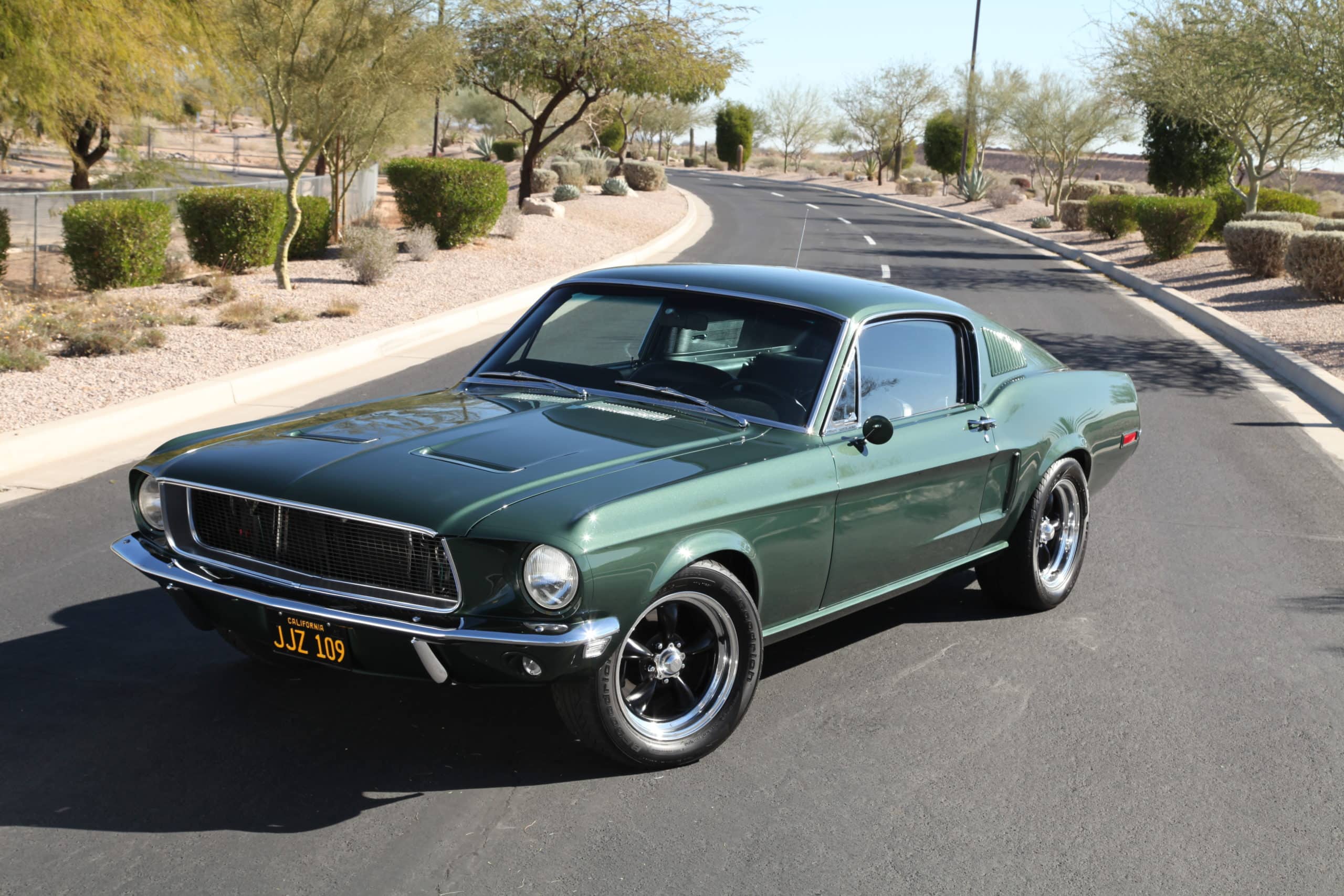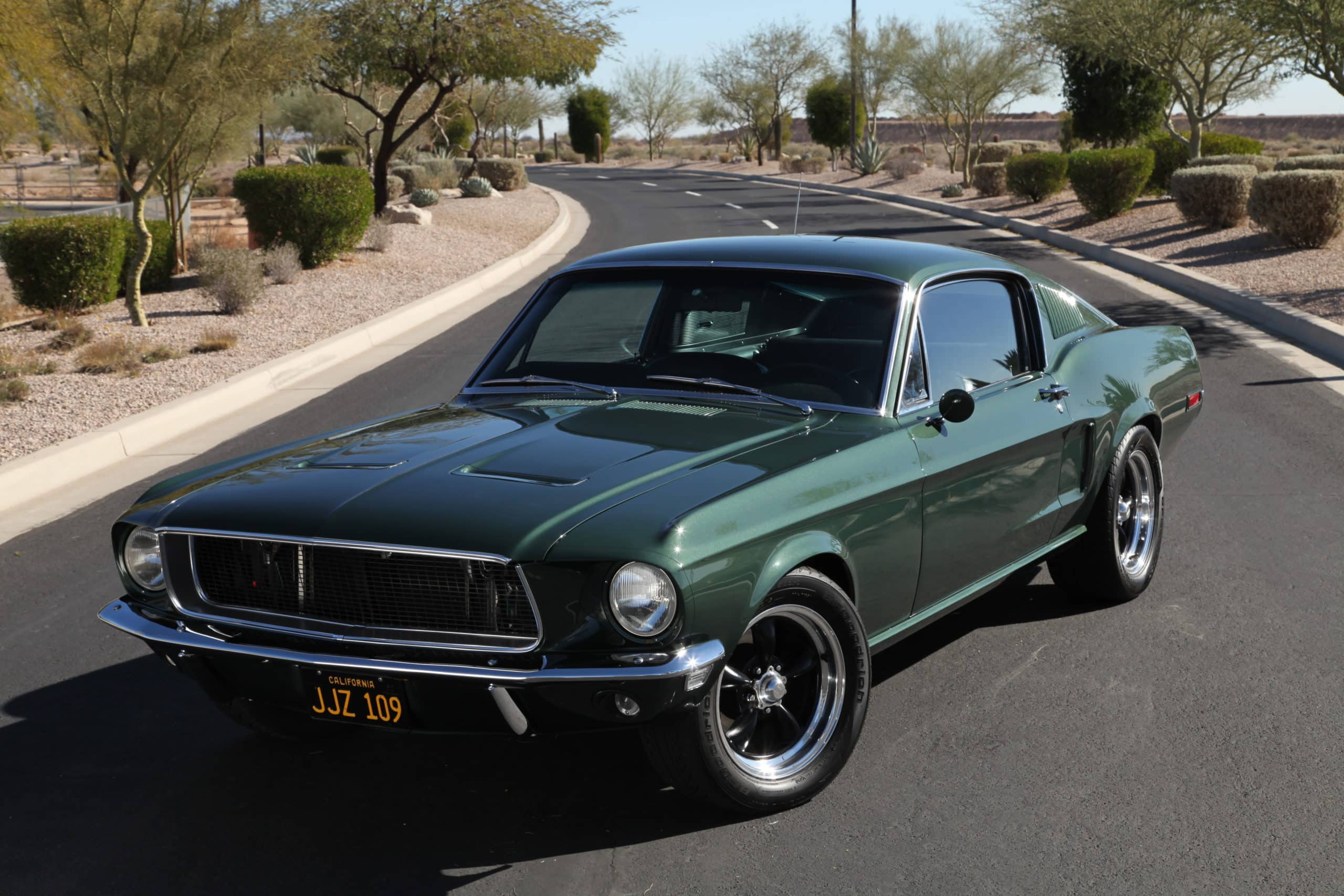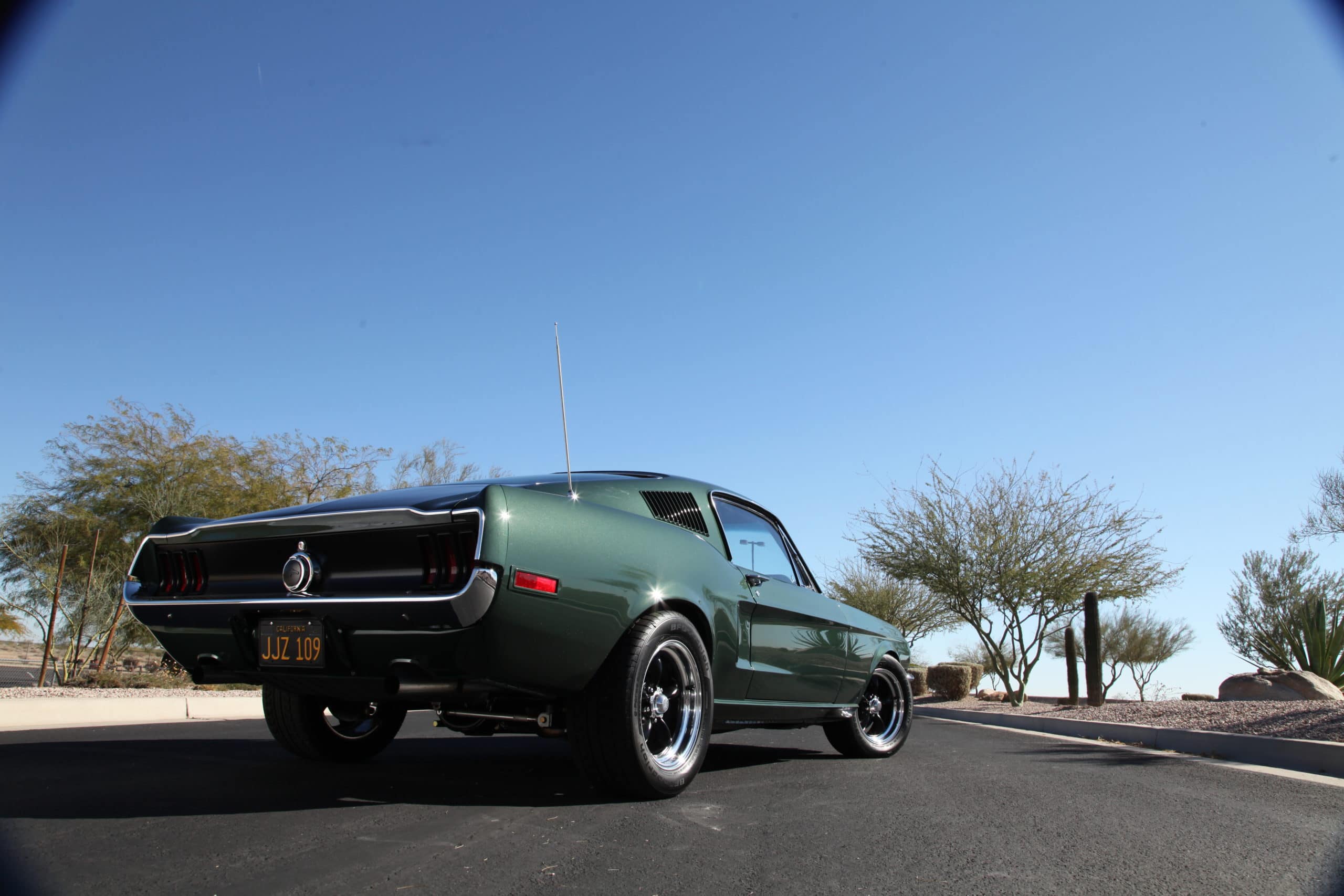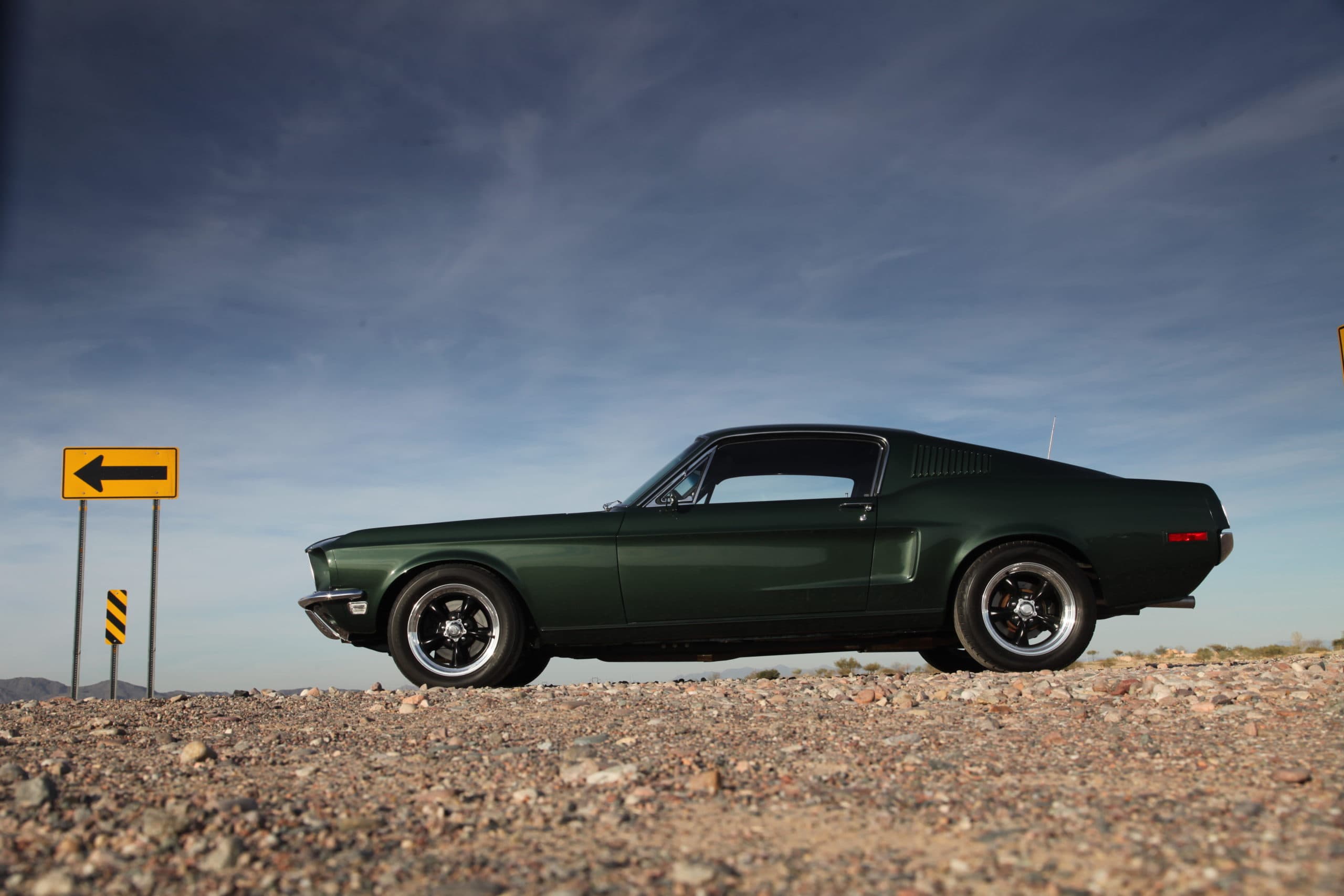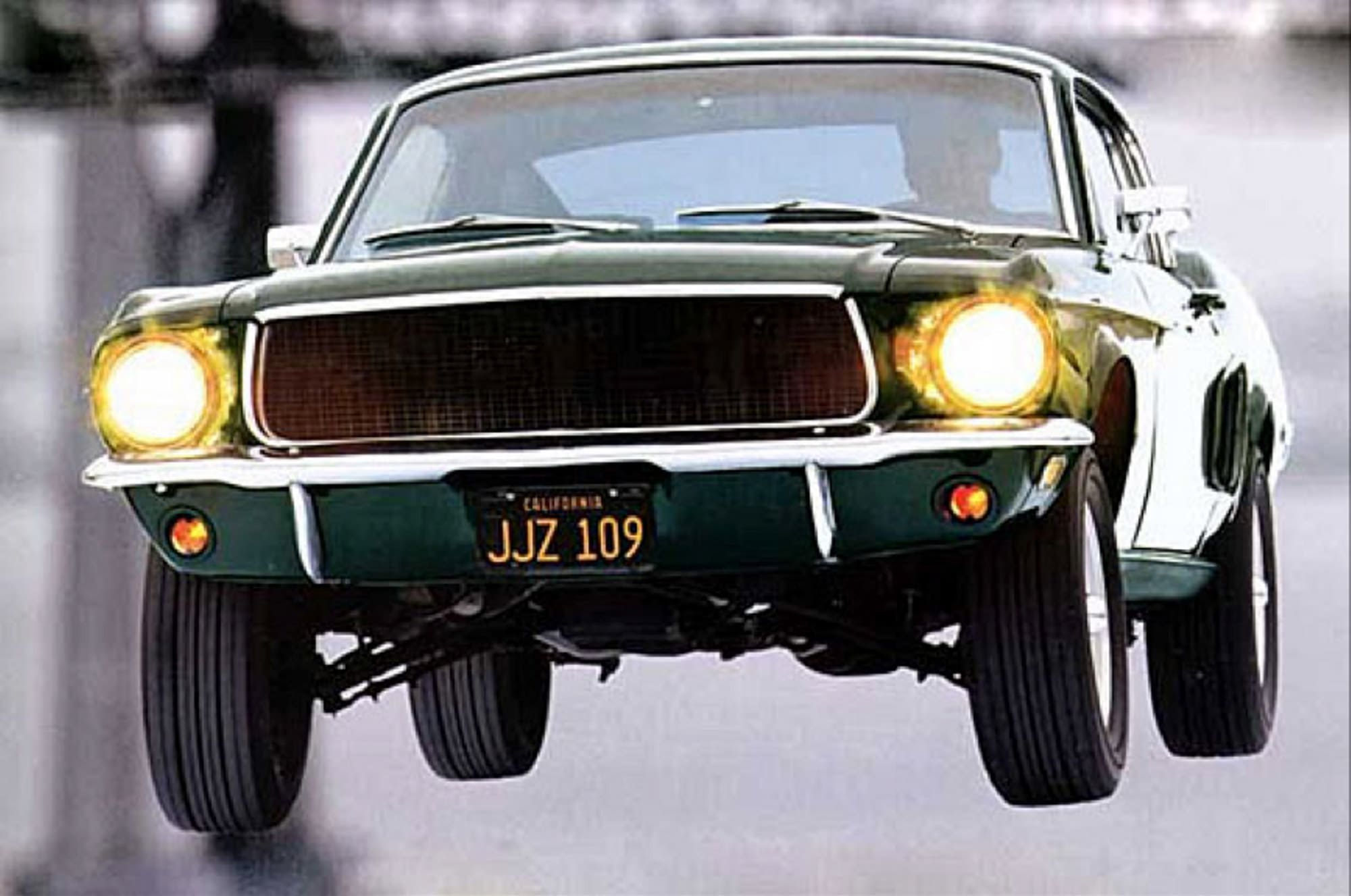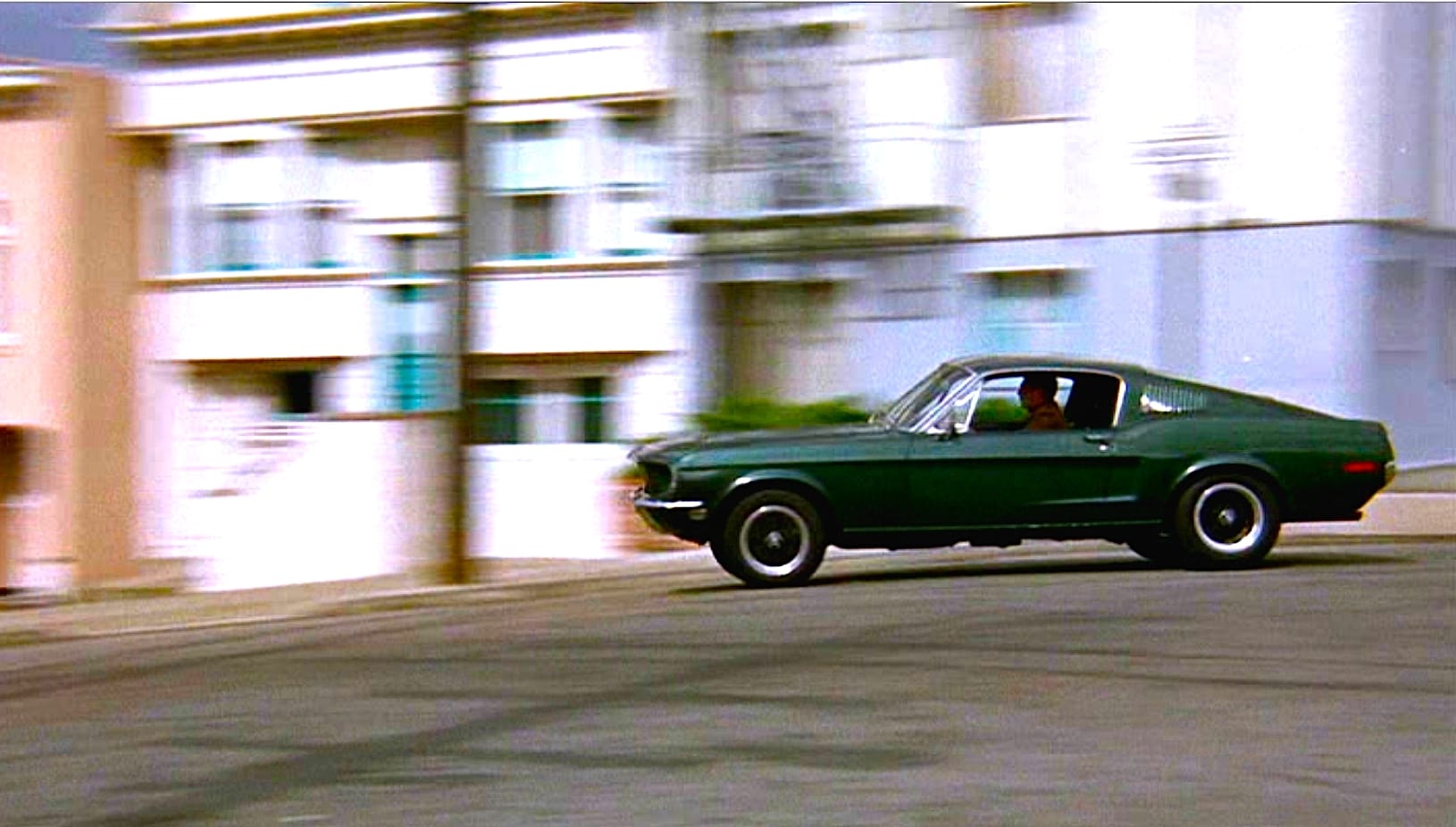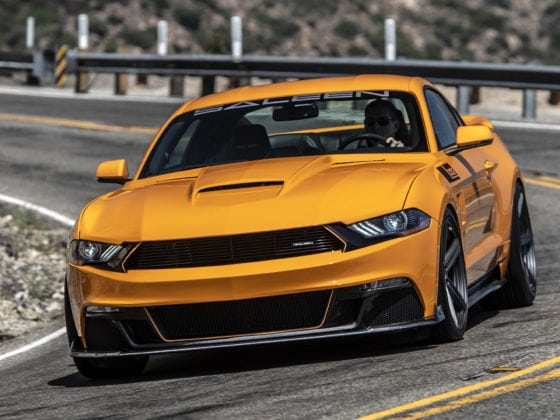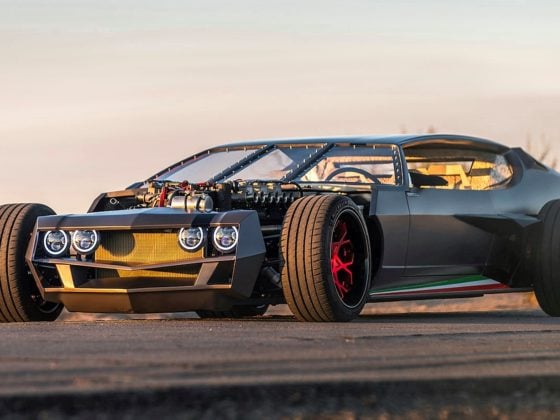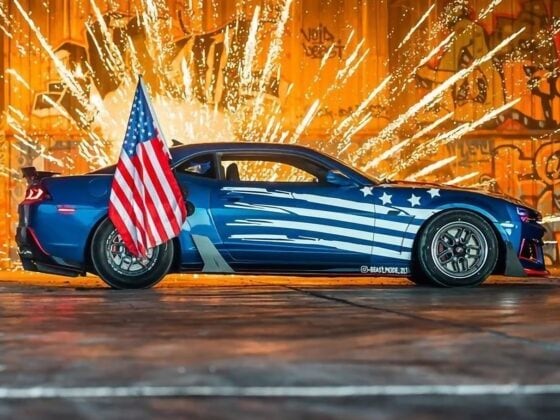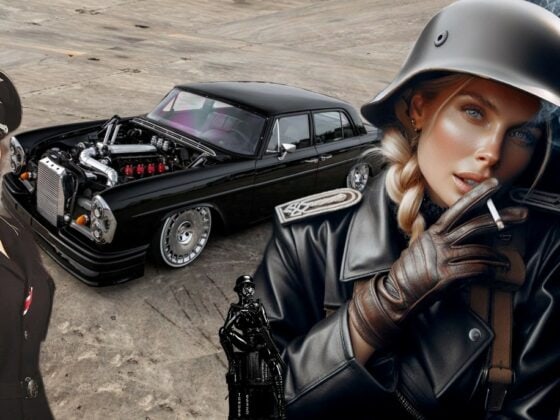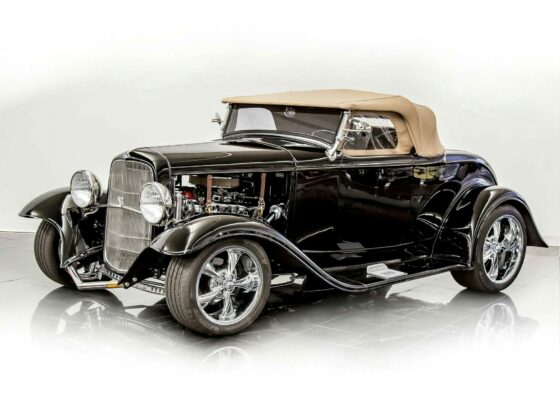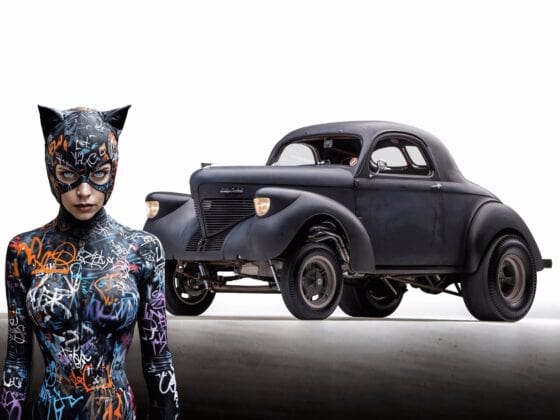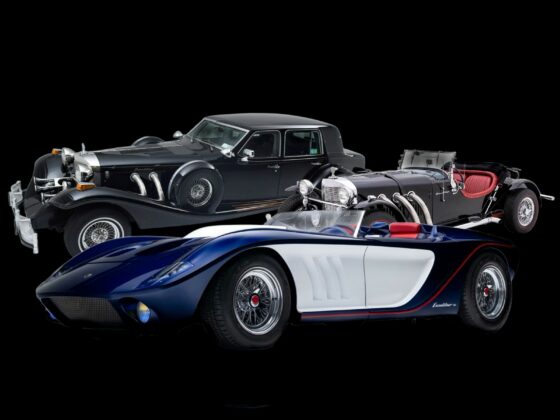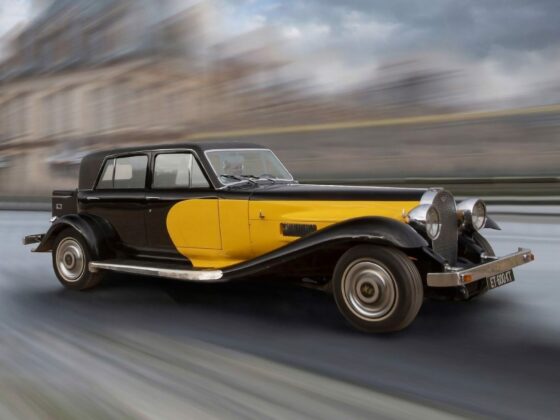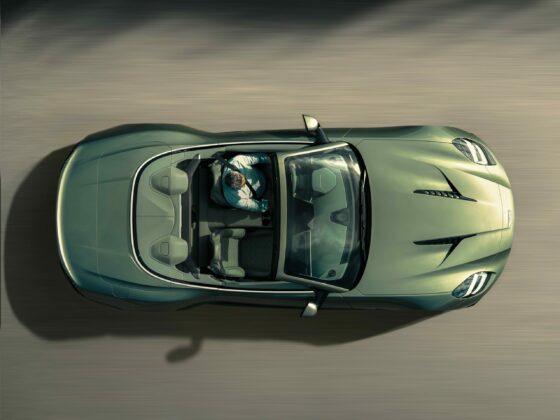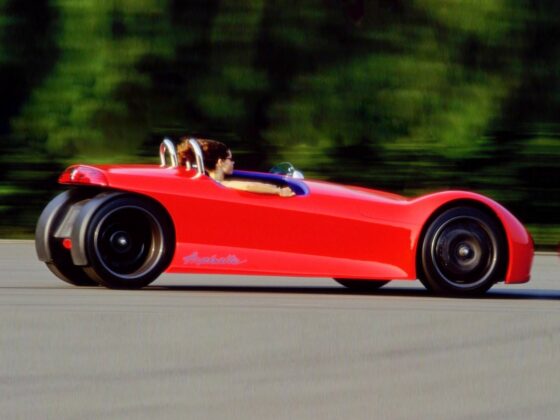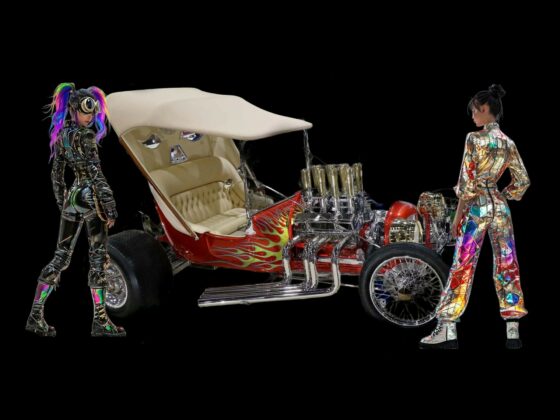$ 3,740,000 pour “la Bullit” chez Mecum Auction, le vendredi 10/01/2020
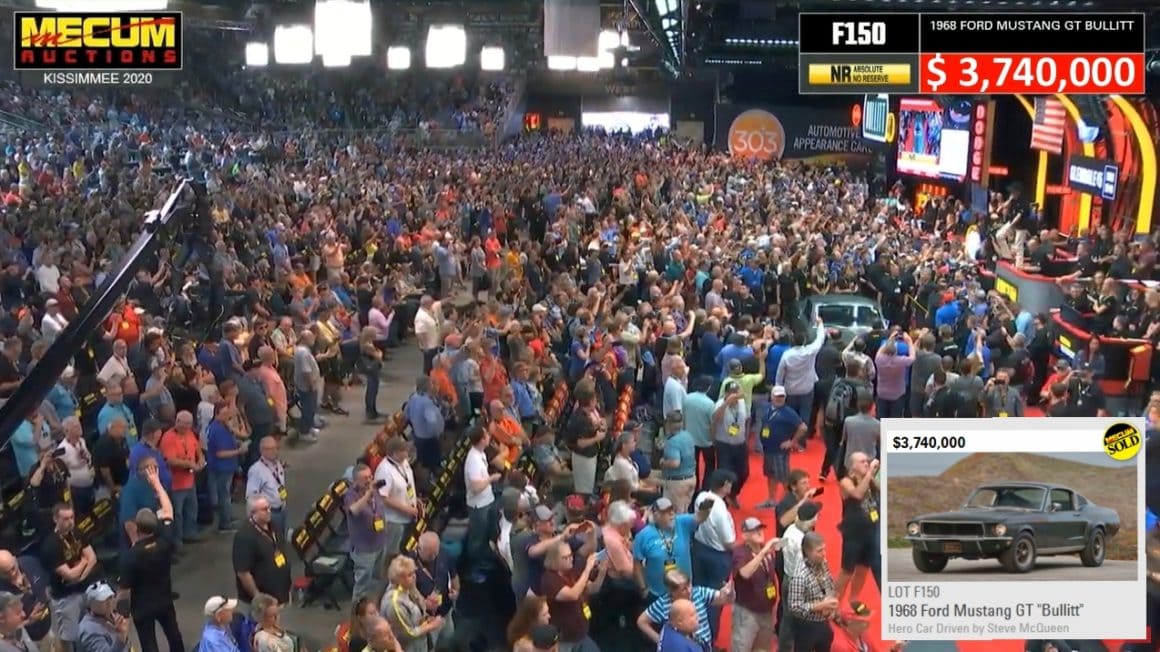
The Hero Car driven by Steve McQueen in the 1968 Warner Bros film, “Bullitt”
Featured in the majority of scenes from the legendary car chase through San Francisco
Sold to Warner Bros employee Robert Ross following the film debut
Subsequently acquired by New Jersey Detective Frank Marranca in 1970
Purchased by Robert Kiernan of Madison, New Jersey in 1974 from Marranca
Bequeathed to Kiernan’s son Sean in 2014 upon Robert’s passing
Letter from Warner Bros certifying that this car was featured in the film
California Registration from 1968 in Robert Ross’ name
1978 New Jersey Insurance Card and registration dated in Robert Kiernan’s name
Letter from Steve McQueen to Robert Kiernan attempting to purchase the “Bullitt” Mustang
The 21st vehicle entered into the National Historic Vehicle Register
Unveiled to the public at the 2018 Detroit Auto Show alongside Ford’s 3rd edition Bullitt Mustang
Retains camera mounts welded into the rockers
Rebuilt S-code 390 CI V-8 engine
4-barrel carburetor
4-speed manual transmission
GT emblems removed and grille blacked out
American Racing Torque Thrust wheels







